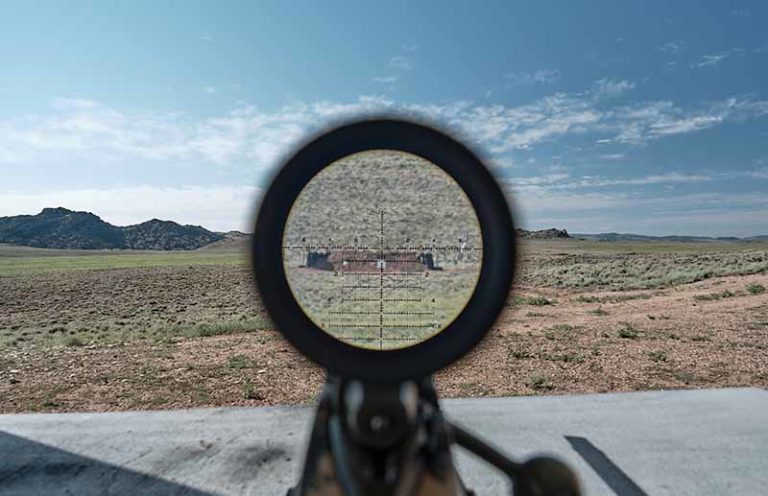
Bushnell and RCBS prove shooting 1-mile is within the reach of every marksman.
There’s a certain mystique surrounding shooting a mile.
Regardless of how practical it truly is, hitting a target a mile away sounds much more impressive than a shot at 1,750 yards, despite the mere 10-yard difference. A mile is much more tangible, and the difficulty of sending a small piece of metal exactly where it’s intended at that range is instantly recognizable.
So, when a caravan of gun writers sauntered onto Spur Ranch outside Encampment, Wyo., this July and saw steel hanging over a mile away, all of us wanted to take a crack at it. Spoiler: most who tried hit the mark, but not without some help.
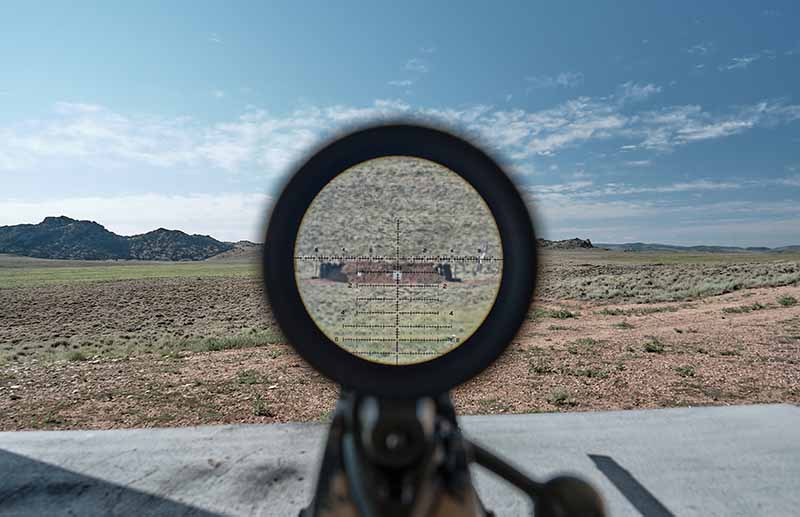
Going The Distance
Personally, long-range shooting is not something I’m overly acquainted with. Confined to 200 yards at my local range, previously the farthest I’d ever shot was roughly 400 yards.
Despite this, it wasn’t long after arriving at the Bushnell/RCBS-sponsored long-range clinic that I was expected to make hits at more than three times my previous best.
Helping the cause was the hardware—which does a great deal to moderate the challenge. The rifle, a G.A. Precision in 6.5 Creedmoor, was built tight as a drum. Up top, not exactly what some picture when they think of a Bushnell scope. The 6-36×56 FFP Elite Tactical XRS3 was crystal clear and more than powerful enough for the task at hand.
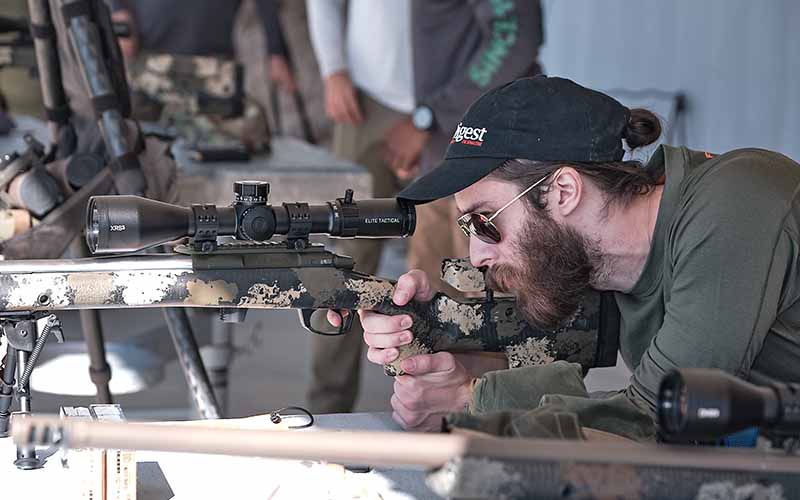
While I wish I could attribute our initial success at 1,300 yards and later 1 mile exclusively to top-flight gear and steady nerves, there is another part to the equation that many shooters overlook when they tackle the challenge—instruction.
At Spur Ranch, this was provided by Robert Brantley and Troy Livesay. Pro shooters affiliated with the Bushnell and RCBS precision shooting team, they took all of us through the finer points of making contact at extreme range.
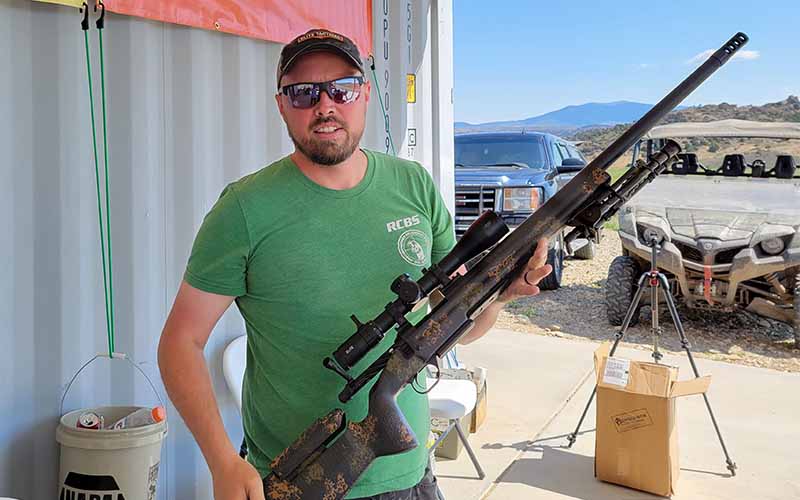
From breath and trigger control to dialing elevation and reading the wind, the veteran marksmen drilled us in the fundamentals of reaching out. For me personally, Brantley’s instruction on how to micro-adjust a shooting bag is what really struck home and got me on target.
Not Your Father’s Bushnell
Sponsored by Vista Outdoor brands, Bushnell and RCBS, we obviously had the opportunity to tinker with a bunch of the company’s hardware.
In the case of the optics brand, it was mainly two different models of riflescopes that are presently on the market. These included the aforementioned Elite Tactical XRS3 6-36×56 FFP and the Elite Tactical DMR3 3.5-21X50 FFP. We played with a new, upcoming Bushnell scope as well, but we aren’t allowed to talk about that one until it drops. All I can say in the meantime is that it performed even better than the price would suggest.
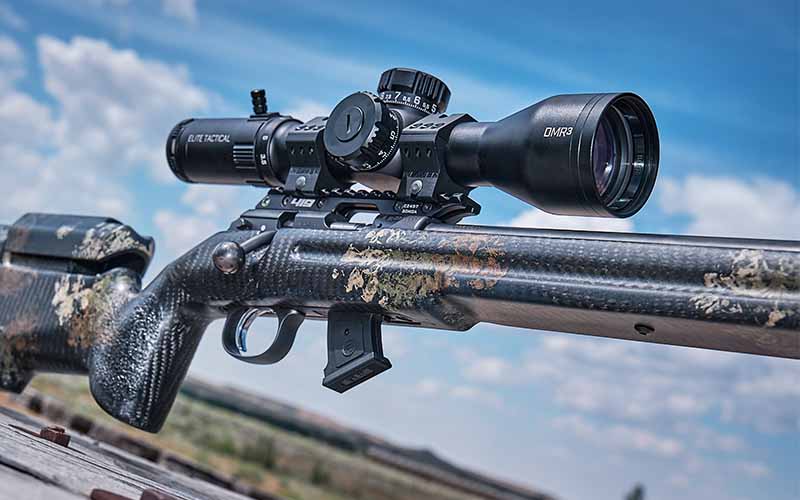
All three were excellent, offering clear glass, easy adjustments and consistent results shot in and out. Once zeroed, they stayed that way, even after a week of knocking them around while shooting hundreds of rounds of 6.5 Creedmoor.
Because of the extreme long ranges we were shooting at, the Elite Tactical XRS3 6-36×56 FFP reigned supreme due to the higher magnification level and larger objective lens. Its G4P reticle was easy to use as well. For those who mostly shoot at less extreme distances, however, the DMR3 is also a great choice since it has a more forgiving eye-box and a smaller overall size.
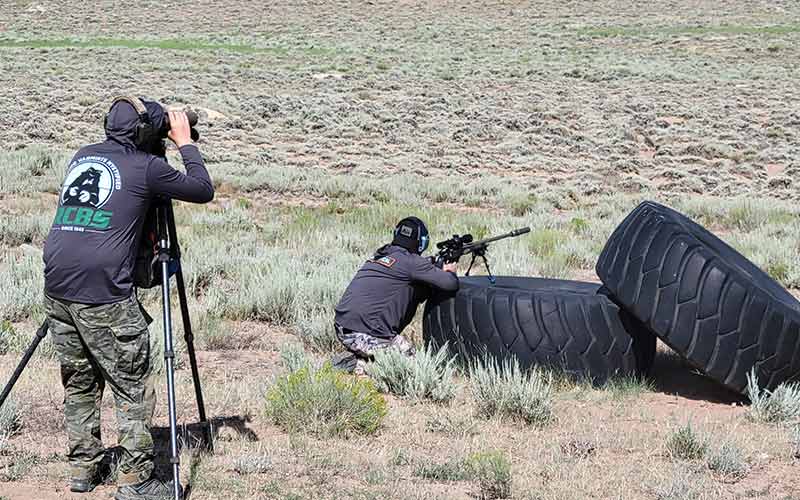
Later in the week, we really put the glass through its paces with a friendly PRS-style match. The writers were split into two teams with one pro shooter each to face off against one another on the clock. We shot four stages, each with different rules and requirements that put emphasis on various skills. The XRS3 scope worked like a dream, with its easy and smooth magnification adjustments allowing for fast target acquisition before zooming in closer. The elevation turret was equally on point, with impacts perfectly corresponding to the figures recorded on my D.O.P.E. card. My team didn’t take the gold, but it was still a great way to test both Bushnell’s scopes and our new skills.
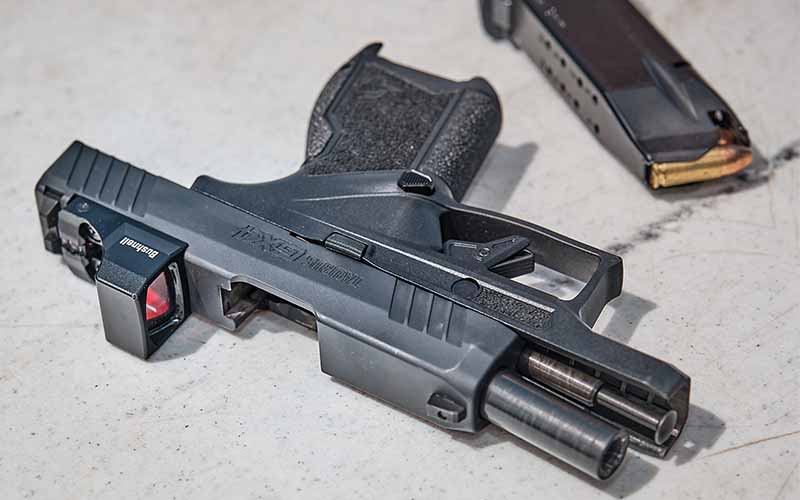
As a side note, we also killed some time between long-range pokes at the pistol range. I primarily shot using a 9mm Taurus GX4 equipped with a new Bushnell RXU-200 Compact red dot. This little optic deserves a shoutout, because even under the relentless Wyoming sun its dot remained crisp, visible and easy to acquire.
Pressing The Case With RCBS
Adding to the challenge and rounding out the education of shooting a mile was loading many of our own rounds. As you can guess, this is where RCBS came into the picture at the clinic.
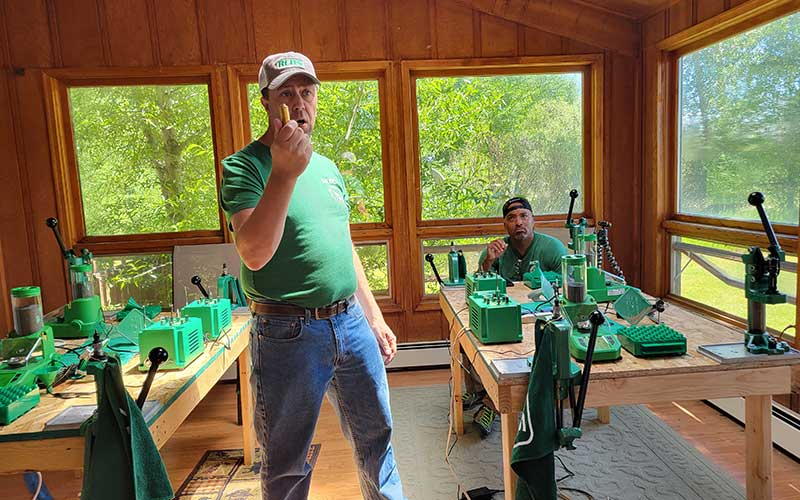
It was a crash course on perhaps one of the more nuanced aspects of shooting, but was an eye-opener to the minutia required to produce precision ammunition. It might seem obvious that even a little variance between powder charges will result in inconsistent performance, but until I saw the measuring apparatus, I didn’t fully appreciate the accuracy that was required.
Of course, RCBS kitted us up right for the task, setting us loose—under the watchful eye of an RCBS expert—on a single-stage Rebel Press, a Brass Boss Case Prep Center and—most impressively—a Chargemaster Supreme.
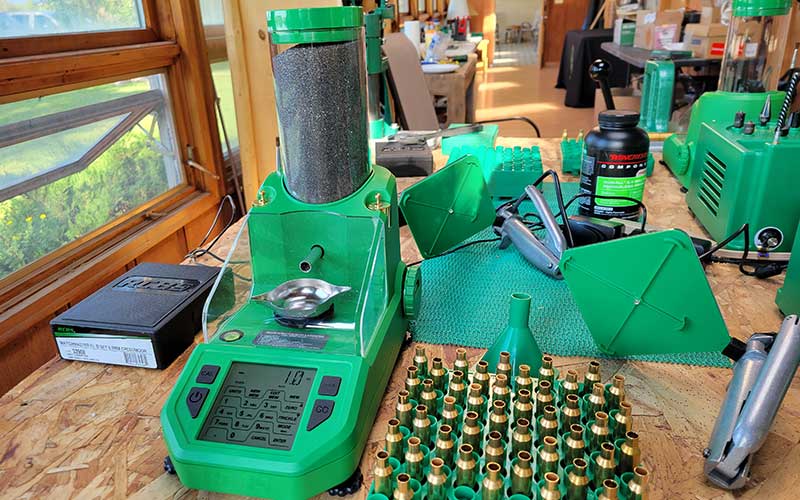
Admittedly, I’m a novice when it comes to handloading—by this I mean, I’ve never done it previously. In turn, getting set up with a Chargemaster brought the experience to an entirely new level. Accurate to a tenth of a grain, the programable powder dispenser brought laboratory precision to a very delicate operation.
Honestly, for a new reloader such as myself, the tools brought a level of consistency—proofed at the range—I could have never expected out of the gates.
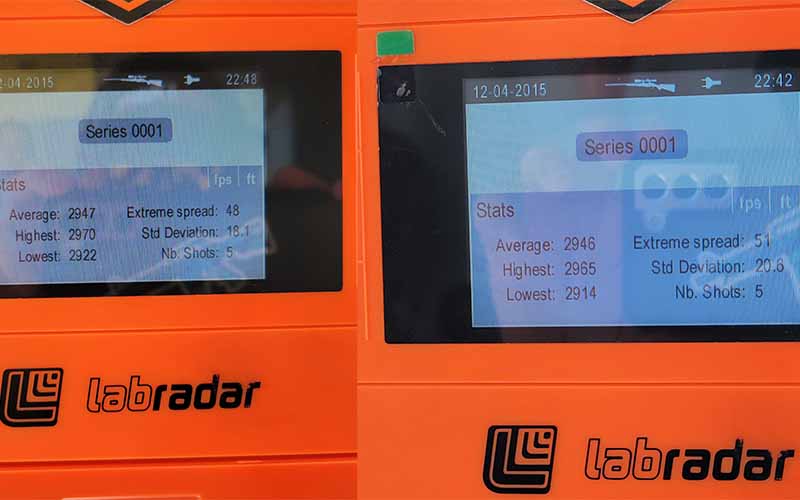
Parting Shot
Getting bitten by the long-range bug is easy. There’s just something about the shot, pause, PING! of hitting steel at distance. Bushnell and RCBS showed it’s possible for anyone—even an AK chimp like me who generally shoots at AK ranges.
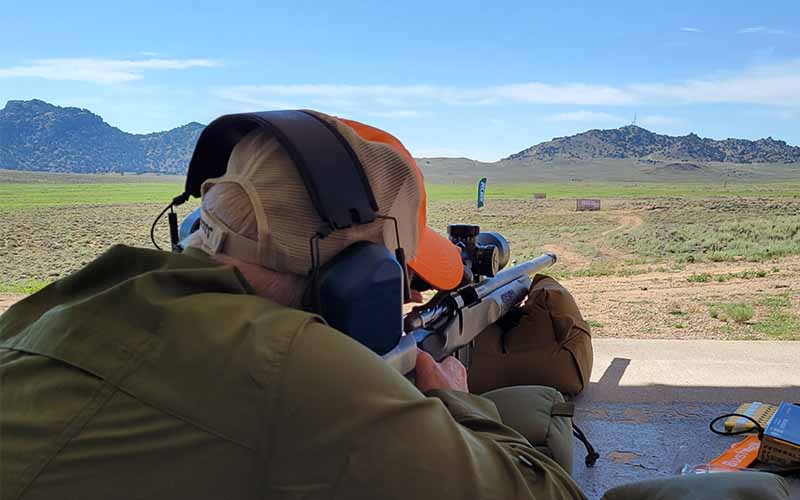
Instruction is a huge part of succeeding at 1 mile, and Brantley and Livesay’s in-depth knowledge lies at the core of reaching out that far. But, this doesn’t discount the hardware Bushnell and RBCS anted up for the clinic.
Intuitive and high-performance, the scopes and reloading equipment played a large role in making the long shots come in. And on that note, while precision shooting can prove an expensive game, both brands’ equipment is more than in reach of the average shooter who wants to stretch the legs of his rifle.
My own 200-yard range seems cramped after getting to shoot at such distances, especially since I anticipate picking up some new Bushnell glass in the near future. Once I get it, the only trouble will be finding a spot where its capabilities can be fully realized.
More On Long-Range Shooting:
- Precision Rifle Upgrades: From Stock To Sniper Superstar
- Nine Long-Range Shooting Fundementals To Master
- Accuracy Enhancing Support: Choosing A Bipod
- Legacy Skills: Becoming A Well-Rounded Long-Range Marksman
- Becoming Your Own Spotter

Next Step: Get your FREE Printable Target Pack
Enhance your shooting precision with our 62 MOA Targets, perfect for rifles and handguns. Crafted in collaboration with Storm Tactical for accuracy and versatility.
Subscribe to the Gun Digest email newsletter and get your downloadable target pack sent straight to your inbox. Stay updated with the latest firearms info in the industry.

![Best Concealed Carry Guns In 2025 [Field Tested] Wilson Combat EDC X9S 1](https://gundigest.com/wp-content/uploads/Wilson-Combat-EDC-X9S-1-324x160.jpg)


![Best 9mm Carbine: Affordable PCCs [Tested] Ruger Carbine Shooting](https://gundigest.com/wp-content/uploads/Ruger-Carbine-Shooting-100x70.jpg)
![Best AR-15: Top Options Available Today [Field Tested] Harrington and Richardson PSA XM177E2 feature](https://gundigest.com/wp-content/uploads/Harrington-and-Richardson-PSA-XM177E2-feature-100x70.jpg)
